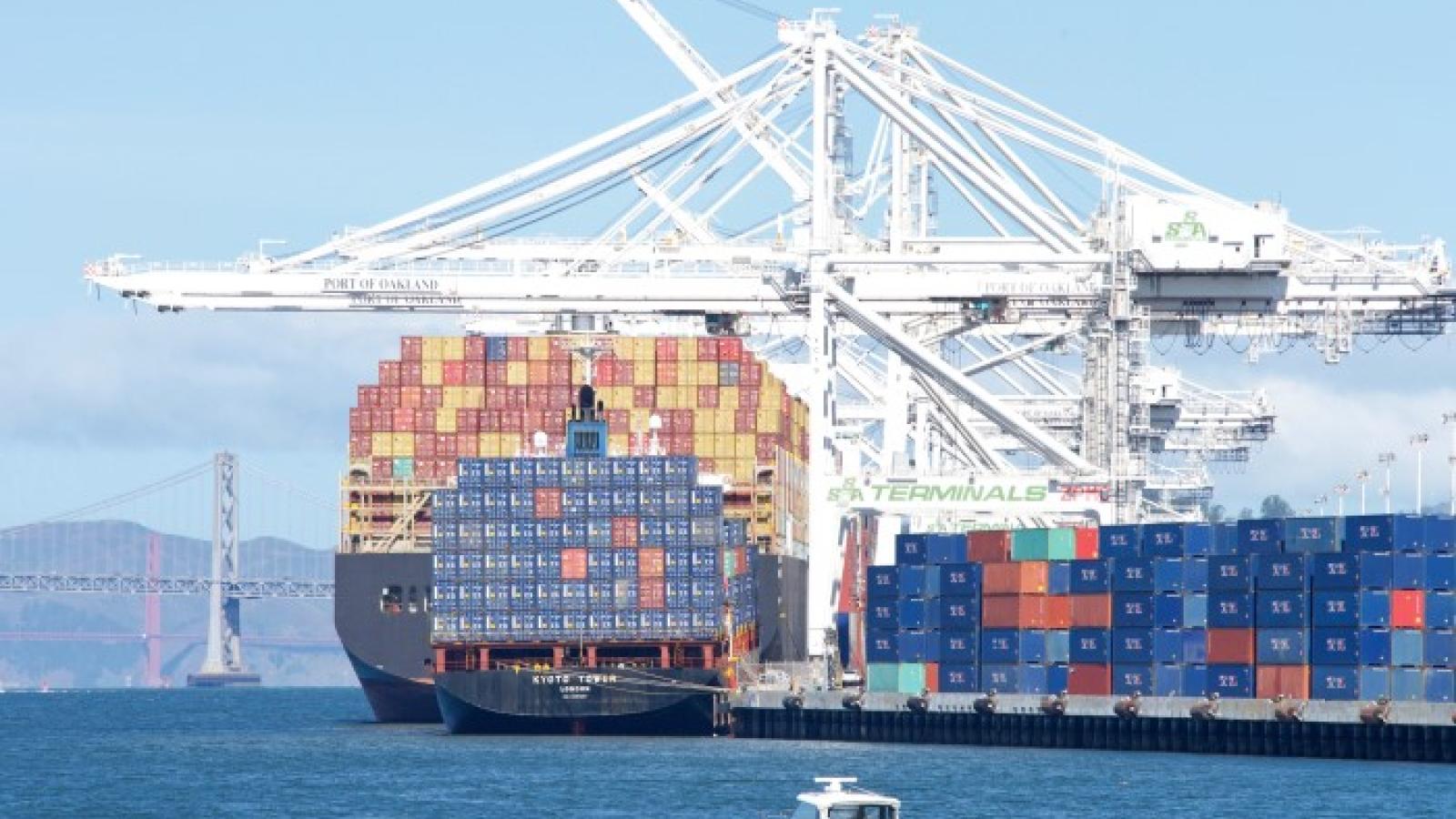
Time:2023-06-21 Source:Original website Popularity:1106

US food and farm goods shippers are looking at how best to mitigate the risk of relying on West Coast ports by moving some exports through ports on the East and Gulf coasts. That is because even as congestion has cleared and a longshore labor deal has been struck, they say intractable problems still plague their ability to move goods easily through the West Coast.
Speaking at the Agriculture Transportation Coalition’s (AgTC) annual meeting last week, Paul Baker, director of international transportation for JBS USA, said the nation’s third-largest meat packer has been looking to move products through US East Coast ports in light of the congestion and other delays that have hit the West Coast in recent years.
“Some of our bosses would think we’re crazy if we send product from the state of Colorado to the state of Pennsylvania to get it on a boat,” Baker said. “But we did what we had to do over the last two years.”
Indeed, while the West Coast still dominates beef exports, other ports are seeing their share of those exports grow, albeit from a much smaller base.
Processed and unprocessed beef exports out of the West Coast fell 14% in 2022 from the year prior, to 33,430 TEUs, according to PIERS, a sister company of the Journal of Commerce within S&P Global.
East Coast ports saw their beef exports grow 6% last year to 11,346 TEUs, PIERS data shows, with exports through Gulf Coast ports jumping 62% to 2,934 TEUs.
JBS, which was the 11th-largest overall US exporter by volume last year, will further increase its flexibility as far as where it can send its products in the coming years by changing how it distributes exports through the United States.
Rather than sending export products via refrigerated trailers to one port, where those products may or may not get on a ship, JBS is starting to consolidate refrigerated exports at its five consolidation centers across Nebraska, Kansas, Texas and in Chicago, Baker said.
A sixth consolidation center in Windsor, Colorado, which will open in August, will allow JBS to pack 130 refrigerated export containers per week. The company will also be able to use new intermodal services that can reach the Port of Houston from Denver.
With the opening of Windsor, “well over 50% of our weekly refrigerated containers will be loaded inland,” Baker said. “If you look back just three or four years ago, that’s unheard of. It would have been 5% or 10%.”
“Some of the things we’ve learned as an industry have changed the way we do things and the directions we’re going,” he added.
Steve Schult, vice president at Blue Diamond Growers, a cooperative of California almond shippers, told the AgTC audience that supply chain decisions for some of his members are being dictated by overseas customers, who find faster ocean services out of East Coast ports.
“People in Europe, Africa are making the decisions for us, and they’re saying, ‘you know what? I want to dual source some of my product’,” Schult said.
He said shippers from India and the Middle East are paying premium rates for container services from those regions to the US East Coast. Those premiums ensure a ready supply of empty containers for US ag shippers to quickly reach those destinations.
“India and the Middle East are $100 to $500 [per container] more just to go to Norfolk,” Schult said. “The terms are faster, and I can turn my crop faster if I have the right buyer.”
Even so, almond exports of 40 million pounds from the Port of Norfolk last year are a blip compared with the total 863 million pounds shipped from the US overall in the past six months, mostly out of the Port of Los Angeles, Schult said. He added that volumes shipped out of the Port of Long Beach fell last year as Class I railroads offered almond shippers a way to route their goods to US East Coast ports through Chicago.
“As a result of the [pandemic] disruption, new solutions have developed,” Schult said. “Life found a way. As we see these oscillations, we’ll see more resiliency.”
Still, other ag shippers have less choice in port routings owing to their operations being so close to most West Coast ports. Aliza Lazanoff, export manager for SunWest foods, noted its rice packaging facility is located about 140 miles from the Port of Oakland.
SunWest mills and packages exports to order, Lazanoff said, setting off a chain of operations that also include inspection, fumigation and drayage to reach the port.
But Lazanoff said irregular vessel services, high freight rates and a lack of containers have made it difficult over the past year to fill all the orders SunWest receives.
Prior to the pandemic, SunWest would export 100 to 150 containers per month, Lazanoff said. However, along with a drought affecting California’s rice crop, SunWest’s supply chain challenges mean it has been exporting about 1% of that previous volume.
“We got down to maybe where we could ship five to 10 [containers] per month basically because of all the same challenges that people have faced last year,” she said.
Source from Joc.com/Teri Errico Griffis; Michael Angell